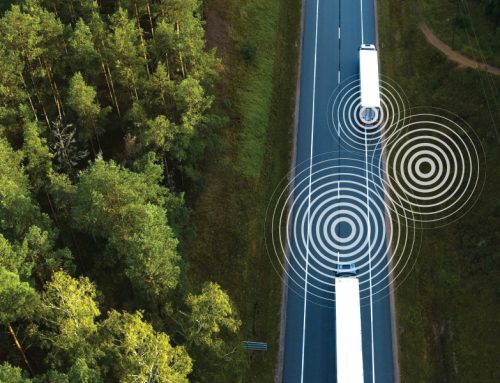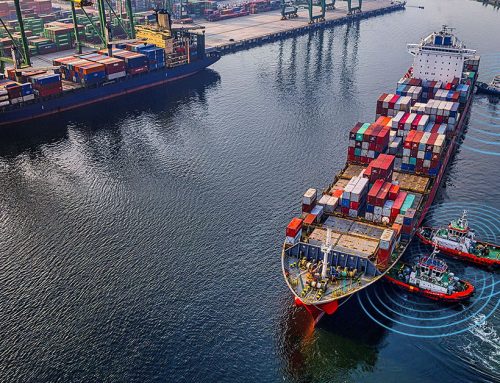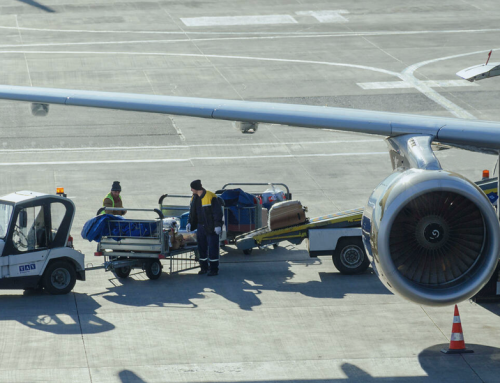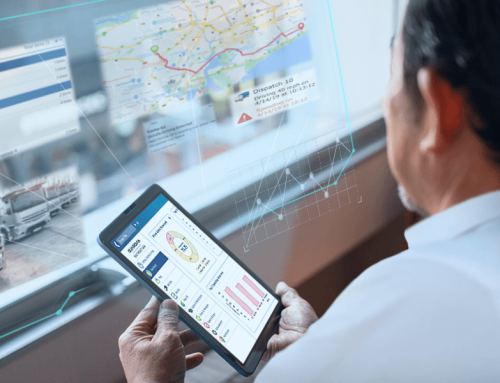
Adverse weather such as thunderstorms can pose a considerable risk for your fleet. The best way to deal with adverse weather is to stop driving entirely and wait for the weather to turn for the better. However, risk reduction is possible through proper preparation for those who need to be on the road. Adopting telematics such as what Guardian SEA can provide has many potential benefits that make fleet management easier and increases the safety of the manpower involved. One aspect that telematics and having the right fleet management software and technology implemented is how it can assist the fleet during adverse weather such as thunderstorms.
Factors To Consider

There are several factors to consider during adverse weather that can increase the risk of accidents the drivers might face. Drivers need to be aware of these factors and watch out for them.
- Reduced Visibility – Heavy downpours can significantly reduce the visibility, which increases the risk of accidents.
- Strong Winds – Strong winds increase instances of falling debris which could cause damage to your vehicle or startle the driver, which could cause accidents.
- Downed Power Lines – Drivers need to be aware of possible downed powerlines, which could cause obstruction on the road and cause potential damage to equipment.
- Slippery Road – Road conditions due to heavy rains affect traction. Drivers must drive slower and adjust.
- Debris – Surface water might hide debris which could potentially damage tires. Drivers need to be alert and watch out for this.
Preparing For Adverse Weather Situations
Driving during adverse weather, such as thunderstorms, comes with many challenges. Some drivers might underestimate the risks involved while driving during adverse weather, potentially putting people and equipment at risk. Proper preparation is essential to mitigate the risk of incidents when driving in adverse weather.
Proper Training
Training drivers to drive safely in adverse weather such as thunderstorms is essential in keeping your personnel and equipment safe from harm. Adverse weather comes with strong winds and heavy rains that affect visibility, cause road conditions to deteriorate, and increase the risk factor for the fleet. Adverse weather can lead to significant stress for your drivers and fleet managers. Having your drivers trained to navigate such conditions will allow your fleet drivers to be well equipped to overcome such challenges and give you peace of mind.
Safety Rules

Following proper safety rules is vital in all situations but even more so during adverse weather where the risk factor increases. It is crucial to ensure that your drivers take extra care during these moments. Reducing speed and increasing following distances might be just essential tips. Still, it is something that drivers tend to ignore—reminding drivers to drive safely and pay extra attention to safety rules during adverse weather conditions.
Communicate
Checking up on your drivers and reminding them to drive safe during adverse weather is essential in mitigating risks. Drivers might ignore critical safety protocols during adverse weather to get home fast. Communicate to your drivers to drive slower and safely during inclement weather such as nasty thunderstorms. The risks of moving more quickly to get your day done are not worth the increased risk of accidents.
Check Your Equipment
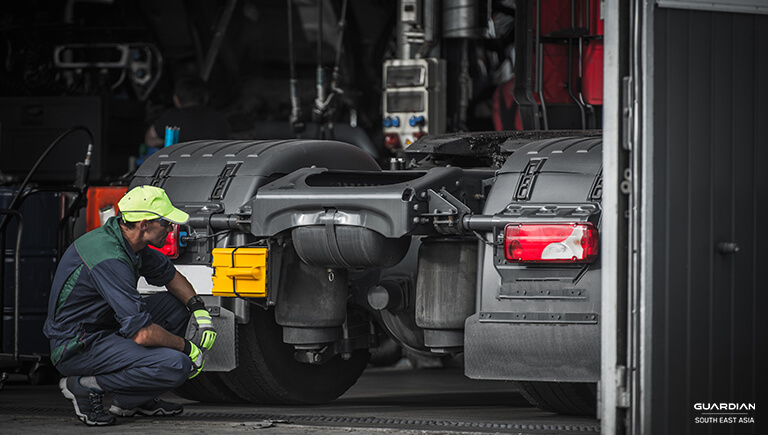
Adverse weather always poses a challenge to a fleet. Ensuring that your equipment is working correctly during this situation is vital. Best practices are essential to reduce the risks, such as ensuring that your window wipers are functioning correctly, as this is vital during thunderstorms and heavy rains. Check your tire pressure and check for any sign of damage. Check your vehicle for any other potential issues that can add to the risk. Having a good fleet management system in place can help with this. Guardian Sea fleet management software can assist in keeping your equipment maintenance on point with alerts and notifications.
How Guardian SEA Can Help Prepare Your Fleet
Guardian SEA fleet management solutions can help your fleet prepare for adverse weather situations. Alerts and notifications on the system can help your fleet managers ensure that your equipment remains in top shape to face the challenges. Fuel information can help ensure vehicles have enough fuel to navigate during thunderstorms. Advanced collision detection can help drivers through reduced visibility, reducing the risk of accidents. Contact us now to find out more ways we can help your fleet prepare for adverse weather conditions.



